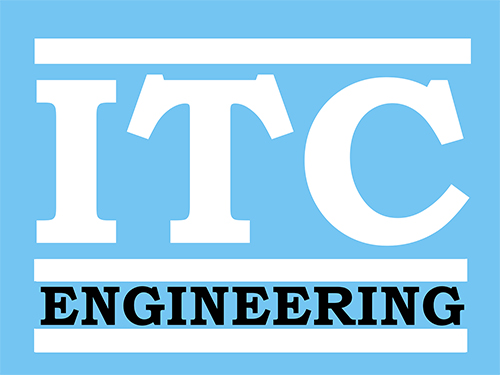Mastering EMC Design Considerations for Optimal PCB Layout
In the realm of modern electronics, ensuring that devices function seamlessly without causing or being susceptible to electromagnetic interference (EMI) is paramount. The key to achieving this lies in the electromagnetic compatibility (EMC) design considerations during the printed circuit board (PCB) layout phase. In this article, we will explore the crucial EMC design principles that every PCB designer should be well-versed in to create robust, interference-free electronic systems.
Understanding EMC and Its Significance
Electromagnetic Compatibility (EMC) refers to the ability of electronic devices and systems to coexist harmoniously within their electromagnetic environment. This includes mitigating both radiated emissions (unintended electromagnetic radiation from devices) and susceptibility to external electromagnetic disturbances. By integrating EMC principles into the PCB layout process, designers can minimize the risk of signal degradation, malfunctions, and compliance failures due to unwanted EMI.
EMC Design Considerations for PCB Layout
- Separation of Analog and Digital Components: To prevent interference between analog and digital signals, it’s crucial to separate the two sections of the PCB layout physically. Analog and digital components generate different types of noise, and minimizing their proximity reduces the risk of cross-talk and unwanted coupling.
- Ground Plane Design: Implementing a solid and continuous ground plane is vital for effective EMC design. The ground plane serves as a reference point for all circuitry and helps minimize ground loop currents that can lead to EMI issues. A well-designed ground plane also helps in controlling return currents and reducing radiated emissions.
- Signal Integrity and Trace Routing: Proper signal integrity practices, such as controlled impedance matching and controlled trace lengths, are crucial for minimizing signal reflections and ensuring clean signal transmission. Well-routed traces that follow design rules can prevent signal degradation and reduce EMI risks.
- Decoupling Capacitors and Filtering: Strategic placement of decoupling capacitors near power pins of components helps stabilize power supplies and reduces voltage fluctuations. Additionally, incorporating filtering components, such as ferrite beads and low-pass filters, can attenuate high-frequency noise and prevent its propagation.
- Component Placement: Careful arrangement of components on the PCB can minimize coupling between sensitive analog components and noisy digital components. Placing high-speed digital components closer to the center of the PCB and analog components towards the edges can be an effective strategy.
- Shielding and Enclosures: Using shielding techniques and enclosures can help contain electromagnetic emissions and protect the sensitive components from external interference. Shielding materials can include conductive coatings, metal cans, or conductive gaskets.
- Clock and Timing Considerations: Clock distribution can introduce EMI challenges due to high-speed signal transitions. Implementing proper clock routing techniques, such as minimizing clock trace lengths and utilizing controlled impedance traces, can mitigate these challenges.
Simulation and Validation
Incorporating electromagnetic simulation tools during the design process can provide valuable insights into potential EMI issues. These tools allow designers to model the PCB layout, predict potential trouble spots, and iterate on the design before fabrication.
Creating an electromagnetic-compliant PCB layout requires a comprehensive understanding of EMC principles and their integration into the design process. By meticulously addressing separation, grounding, signal integrity, and shielding, PCB designers can significantly reduce the risk of EMI-related problems and ensure the smooth functionality of their electronic systems. Embracing these EMC design considerations not only enhances the performance of individual devices but also contributes to a harmonious electromagnetic environment in our increasingly interconnected world.
